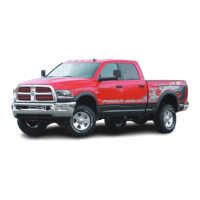
Do you have a question about the Dodge Ram Power Wagon and is the answer not in the manual?
| Brand | Dodge |
|---|---|
| Model | Ram Power Wagon |
| Category | Automobile |
| Language | English |
Manual contains warnings against procedures causing accidents and cautions against damage.
Warning about modifications affecting roadworthiness and safety.
Explanation of the electronically coded ignition key system and its security light.
Procedure for using the ignition and steering lock for anti-theft protection.
Operation of power door locks using interior switches or key fob.
System description for rear doors to provide a safer environment for children.
System allowing door lock/unlock from distances using a radio transmitter.
Information on safety features including seat belts and airbags for occupant protection.
Details on front airbags as a supplement to seat belt restraint systems.
Legal requirements for buckling up babies and children in restraint systems.
Information and precautions regarding carbon monoxide in exhaust gases.
Detailed descriptions of specific features of the Power Wagon model.
Overview of the voice-activated, hands-free in-vehicle communication system.
How to use voice commands to operate the UConnect™ system and navigate menus.
Instructions for pairing a compatible Bluetooth™ enabled cellular phone.
Procedure to dial a phone number using voice commands.
Procedure to call a stored contact by saying their name.
Procedure for accessing emergency numbers via UConnect™ if the mobile phone is reachable.
Procedure to request towing assistance via UConnect™.
How to transfer calls between the UConnect™ system and the cellular phone.
Tips for maximizing voice recognition performance under various conditions.
Controls and operation for power seat adjustments including forward/backward and height.
Device that takes over accelerator operation at speeds greater than specified.
How to set a desired speed once the vehicle reaches it.
Methods to deactivate speed control without erasing memory.
How to resume a previously set speed using the RESUME button.
How to increase or decrease speed control settings.
Procedure to accelerate for passing and return to set speed.
HomeLink Universal Transceiver replaces remote controls for devices like garage doors.
Recommended procedure for programming a garage door opener.
How to activate the Express Open feature for automatic sunroof opening.
Procedure for automatic sunroof closing and stopping.
Feature to detect obstructions during Express Close operation.
Table of contents for instrument panel features.
Diagram showing the layout of the instrument cluster gauges and indicators.
Detailed explanation of each gauge and indicator in the instrument cluster.
Illumination of voltmeter, oil pressure, or coolant temp gauges indicating high/low readings.
Indicator lights for airbag system readiness and potential malfunctions.
Light and chime alert for driver's seat belt status.
Indicates engine oil pressure; requires service for high/low readings.
Indicates engine coolant temperature; provides guidance for overheating.
Monitors emissions and engine control systems; indicates potential problems.
Indicates ignition position, parking brake status, or low brake fluid.
Monitors Anti-Lock Brake System function.
Indicates problems with the ETC system, requires service if lit or flashing.
Monitors the electric shift 4WD system for proper function.
Indicates excessive transmission fluid temperature, often during heavy use.
Operating instructions for the single-disc radio with hands-free phone.
Operating instructions for the 6-disc radio with optional features.
How to operate the radio, including power, volume, and tuning controls.
Operating instructions for the CD player.
Procedure to load or eject CDs from the player.
Chapter covering vehicle starting, operation, and off-road driving.
Description of electronically locking front and rear axles for increased traction.
Electronic disconnecting stabilizer/sway bar for greater front suspension travel.
Tips and characteristics for operating the Power Wagon off-road.
Advice for driving in adverse conditions with reduced traction.
Guidance on navigating terrain obstacles like rocks and high points.
Advice and considerations for climbing hills safely.
Precautions and procedures for crossing bodies of water.
How lowering tire pressure improves ride comfort and traction off-road.
Methods and considerations for recovering a vehicle stuck off-road.
Information and procedures for using the vehicle's electric recovery winch.
Application of various winching techniques for different situations.
General guidelines for starting the vehicle safely.
Procedure for starting the vehicle with an automatic transmission.
Troubleshooting steps if the engine fails to start, including flooded engine.
Information on automatic transmission gear ranges and shifting.
Explanation of automatic transmission gear ranges and selector lever operation.
Guidelines for using TOW HAUL and O/D OFF modes for towing and heavy loads.
Instructions for operating the 6-speed manual transmission.
Information and precautions for operating the manually shifted transfer case.
Operating modes and precautions for the manual transfer case.
Provides additional traction, especially on slippery surfaces.
Location and operation of the foot-operated parking brake.
Information on brake system function, power assist loss, and system warnings.
How ABS aids vehicle control under adverse braking conditions.
Information on tire markings, sizing, safety, and general tire care.
Information on tire placard location and proper inflation pressures.
Procedure to calculate available cargo and luggage load capacity.
Essential information on tire pressure for safe operation and vehicle performance.
Importance of proper tire inflation for safety, economy, and ride comfort.
Where to find proper cold tire inflation pressure and checking procedures.
Information on temporary emergency use of compact spare tires.
Information on temporary emergency use limited-slip spare tires.
Warning against spinning vehicle wheels above 35 mph (55 km/h) when stuck.
Recommendations for fuel octane and quality for engine performance.
Precautions to prevent carbon monoxide poisoning from exhaust gases.
Requirements for unleaded fuel and maintenance to prevent damage.
Information on certification label, GVWR, GAWR, Payload, and Curb Weight.
How to determine actual total vehicle weight and distribute load.
Safety tips and information on trailer towing limits and procedures.
Total allowable weight of your vehicle including driver, passengers, cargo, and tongue weight.
Maximum capacity of the front and rear axles; load distribution is key.
Guidelines for loading trailers and considering tongue weight.
Requirements and recommendations for trailer brake systems.
Requirements for trailer stop lights, turn signals, and wiring harness.
Precautions for recreational towing of 4-wheel drive vehicles.
Procedure to prepare vehicle for recreational towing.
Chapter covering routine maintenance services and schedules.
Monitors emissions, engine, and transmission systems; explains Malfunction Indicator Light.
Overview of required maintenance services and items needing inspection.
Procedures for checking engine oil level and changing engine oil.
How to check engine oil level accurately for proper lubrication.
Caution against overfilling or underfilling the crankcase.
Requirements for unleaded fuel and maintenance to prevent damage.
Protection against carbon monoxide entry via exhaust system maintenance.
Maintenance, inspection, and coolant level checks for the cooling system.
Procedures for draining, flushing, and filling the cooling system.
Mixing coolants or using non-specified types may damage engine and reduce protection.
Fluid level check and lubricant selection for the manual transmission.
Procedure for checking automatic transmission fluid level at normal operating temperature.
Chapter containing maintenance services and schedules.
Details two required maintenance schedules based on operating conditions.
Schedule for vehicles operated under severe conditions like extreme temperatures or heavy use.
Information on obtaining service and consumer assistance.
Instructions for reporting vehicle defects that could cause crashes or injury.


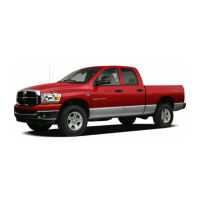
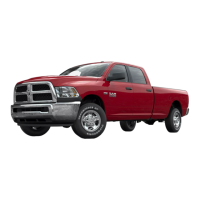
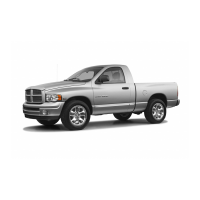
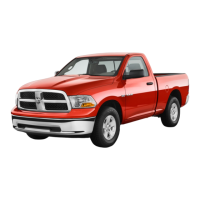
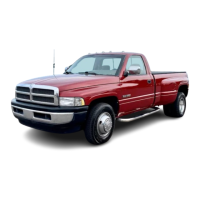
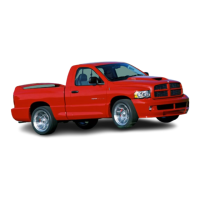
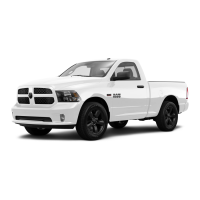
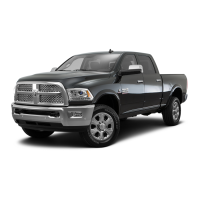
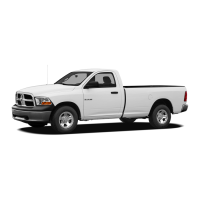
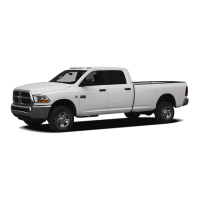
